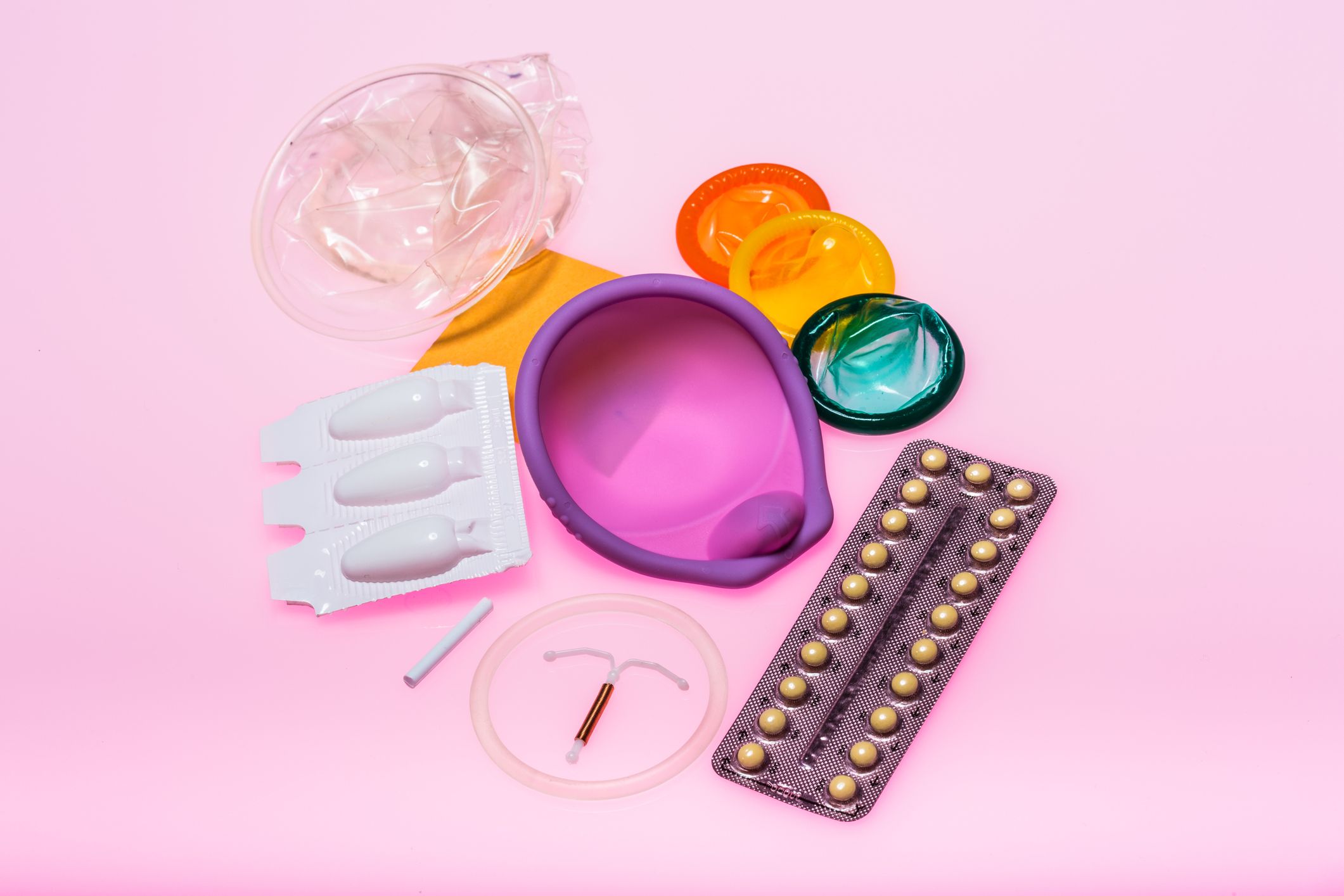Top Recommendations
• Penises have different shapes and sizes both when flaccid and erect
• Learn what’s regular for you and if anything seems unusual go and see your GP
• Problems aren’t always visible so when you have unprotected sex be sure to get STI testing
Wondering if your penis is the right size is very common! Try not to worry because penises and testes come in all different shapes and sizes. Your penis’ size and shape also changes a lot depending on whether it’s flaccid (soft) or erect. Studies on average penis size refer to adult sizes because adolescents mature at different rates and therefore size can’t be compared. In general, the adult penis is 6 – 10 cm or 2.5 – 4 inches when flaccid, and 12 – 19 cm or 4.5 – 7 inches long when erect. Before delving into how to properly care for your penis and how to detect true irregularities, let’s do a quick anatomy lesson.
Penis Anatomy
Male sexual organs are both inside and outside of the body, but we’re going to focus mostly on the external parts. At the base of the penis is the scrotum, which is the skin surrounding the testes. It’s normal to have one slightly larger or lower hanging testicle. The penis consists of the shaft and the head of the penis, also known as the glands, which may be covered by the foreskin. The penis is made up of a soft spongy tissue that becomes hard once it is filled with blood. At the end is the urethra, which is where both urine and semen exit from.
As mentioned above, people are often concerned about the shape and size of their penis. We already spoke about the average penis length, but if you’re curious the average girth or thickness when erect is 3 – 5 cm. When it comes to shape, it’s actually very common to have a penis that curves to the left or right or have penis that points straight up or straight down when erect. Each penis is unique and its size and shape does not affect your sexual satisfaction or that of your partner. In fact, multiple studies have found that while males often want a bigger penis, partners overwhelmingly have very little interest in penis size at all.
Some people also worry about whether being circumcised can affect their sexual pleasure and safety, cleanliness, or desirability as a partner. Male circumcision is the surgical removal of the foreskin that is most commonly performed for religious reasons, although it was a wide spread medical routine in the past, today around 8.5% of men in the UK have been circumcised. Research and studies has shown that there is no difference in penis head sensitivity, which seem to be a common misconception. Research has also found that partners generally have no preference and if they do, it varies greatly by cultural background.
Proper Care
Taking care of your penis is pretty easy; just gently wash and inspecting it each time you bathe! If you have foreskin, be sure to wash underneath so that a cheesy-looking and unpleasant smelling substance called smegma doesn’t build up. Smegma is the result of your penis’ natural lubricant building up over time. When it comes to your testes, become familiar with their size, shape, and weight so you can recognize any irregularities. Support your scrotum in the palm of your hand and roll each testicle between your fingers and thumb while gently feeling for lumps, swelling, or changes in firmness. If something feels wrong, you notice a lump, or experience any aches, be sure to see your GP.
Abnormal Discharge
It’s normal to produce some whitish or clear fluid from the tip of your penis when sexually excited or first thing in the morning. However, discharge that is a thick white, green, or yellowish is cause for concern. Find out more below.
STIs:
• Yellow, green, thick white discharge or pain when you pee: this can be signs of chlamydia and gonorrhoea
• Itchy pubic area: this can also be accompanied by itchy red spots and could be pubic lice.
• Sores or blisters: these are often painful and could be a sign of genital herpes. Although this virus can’t be cured it can be controlled with antiviral medication
• Spots on the penis: could be molluscum contagiosum, which can be treated at your GP
• Incense itching, no discharge: this could be a symptom of scabies
• Small fleshy growths: these generally start as painless small lumps and may be genital warts
You can find out more about these infection on our STI’s page.
Non- STI:
• Swelling, redness, and soreness of the penis head with lumpy discharge: may be balantis, which is caused by thrush, eczema, or bacteria build up.
Don’t fear, all of these issues are easily treated or managed at your GP! Remember after unprotected sex to get an STI test since symptoms aren’t always visible. Males tend to visit their GP’s a lot less than females concerning their reproductive health because they don’t require appointments to get birth control prescriptions. Additionally, they may find it embarrassing to talk about their penis problems. It‘s really important you keep your penis healthy so be sure to tell your GP if you notice any changes or have any concerns!
Cool Penis Stuff
– Penis emojis and more from Flirtmoji
– Sex positive penis stickers from Pleasure Pie
You can access more information on Penis Health via NHS Live Well, Brook and the Men’s Health Forum.



